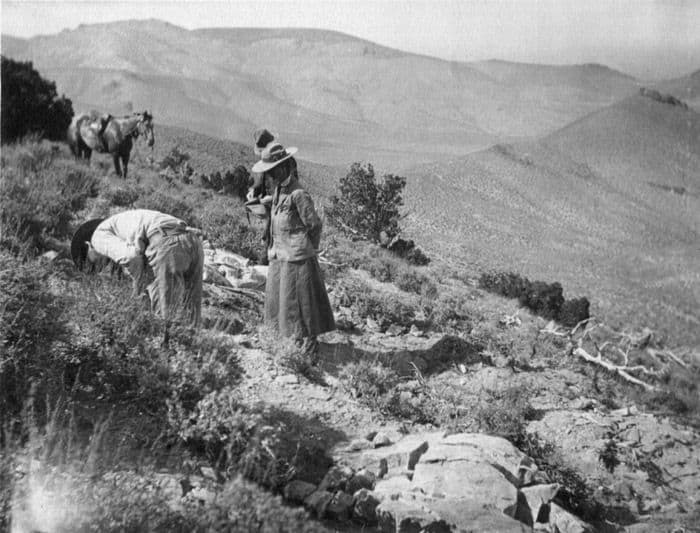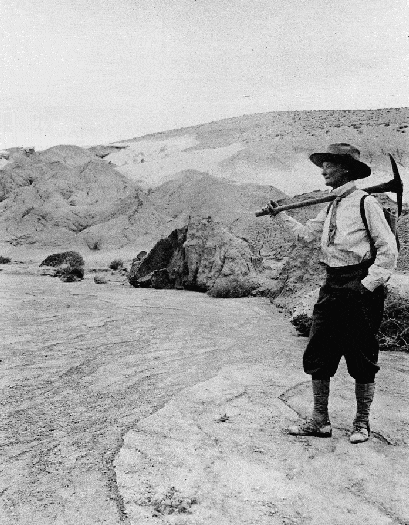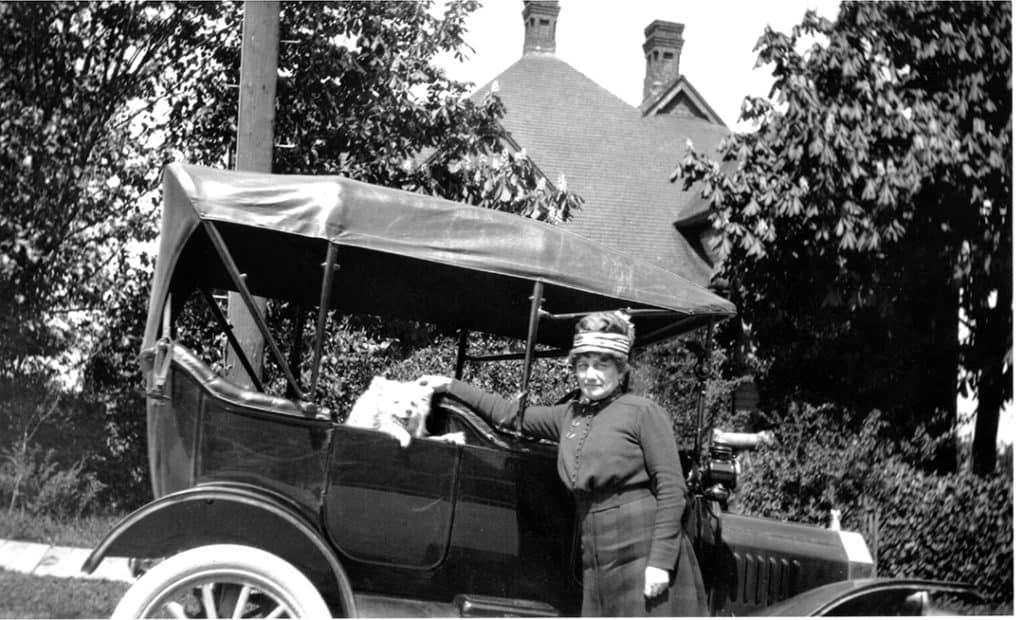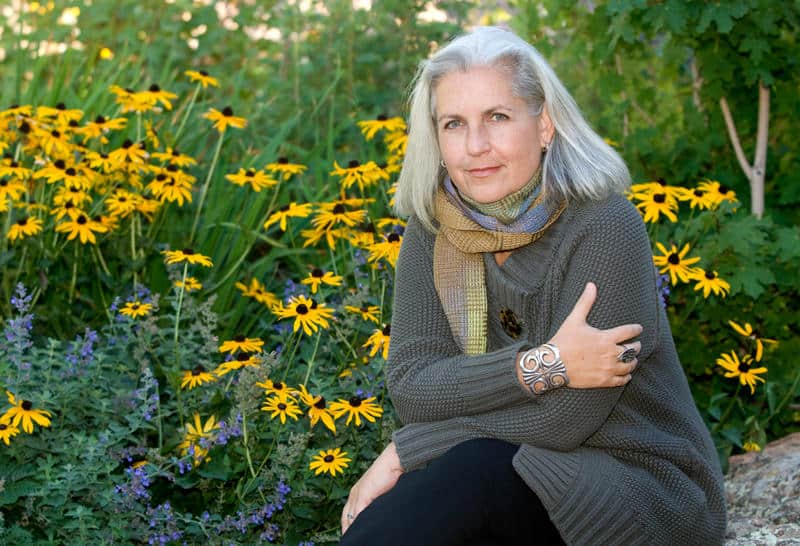
Women in Natural History
Let’s take a look at two different lists of names.
Number one:
- Annie Montague Alexander
- Margaret Murie
- Ella Higginson
- Barbara Kingsolver
- Libby Mills
- Terry Tempest Williams
Number two:
- Henry David Thoreau
- John Muir
- Joseph Grinnell
- Aldo Leopold
- Charles Darwin
- Gary Snyder
Everyone mentioned above is — in their own way — a naturalist. Some through literature, some through traditional field journaling, and others through exploration.
No two naturalists see the world the same way, even though they may see the same ocean, yew or glacier. I find special connection to female-identified naturalists in the first list, though, and see unique illumination about natural history through their work.
Though it is easy for me to claim that some women were not given their rightful recognition at the table of natural history greats, it is more productive for me to search for the footprints of these female giants while paddling down the Skagit River or standing in the breeze of Bellingham Bay. By conducting research on female natural historians, I enlightened myself and investigated the footprints of those before me. The more I uncovered about female naturalists, the more I found my work was informed by theirs. I found women who traveled across open ocean to Alaska in the early 20th century, worked as a backcountry ranger in the North Cascades of Washington, and described the complexity of the plesiosaur called Hydrotherosaurus alexandrae in California. Other women wielded typewriters and powerful words. By highlighting the lives of four powerful women, I hope to bring new appreciation to women in natural history. In the future I look forward to learning more about female naturalists of color and about naturalists in the LGBTQ community.

Annie Montague Alexander was the type of woman who “…preferred to enter her upstairs bedroom through the window rather than bothering to use the stairs.” A woman versed in a wide spectrum of natural history content, she studied everything from flowers and birds to fossil records of marine reptiles. Alexander participated in extensive field excursions with the goal of collecting specimens for future study. For three summers between 1906 and 1908 Alexander traveled with female friends and C. Hart Merriam. They traveled to collect specimens of Alaskan Grizzly Bears and the resulting collection was second only to the United States Biological Survey at the time. Not surprisingly Alexander completed none of this travel for specimen collection as the sole woman among men. Early on, either her father or her brother constantly accompanied her, and while “it was acceptable for a woman to travel into the wild to hunt bears” it was “unacceptable for her to travel as a sole woman in the company of men.” Annie continued to push the boundaries of what women were allowed to do and went on to establish two museums on the University of California Berkeley Campus.

Ella Higginson was a wildly popular author at the beginning of the 20th century. A contemporary of naturalist writers like Aldo Leopold, her acknowledgment waned when World War I broke out and diminished priorities for printing new books, especially those written by women. This did not stop Higginson from continuing in her pursuit of writing. In researching her, I found an archival collection of her extensive works with both published and unpublished works that included poems, short stories and articles for magazines and papers. There were letters to her sister and one note in particular had a small four-leaf clover still inside. Somehow, this small piece of the natural world persisted as a long-standing representation of Higginson, a connection between two women, and representation of her most famous piece of writing, the poem Four-Leaf Clover. As a long time supporter of Western Washington University, there is even a building named for her on the campus.

Renowned female writers Terry Tempest Williams and Barbara Kingsolver — also known as a conservationist and a biologist respectively — express their natural history abilities in writing. Both Kingsolver and Williams write about naturalizing and although their writing is not recognized as definitive naturalist texts, it is clear they know how to see a landscape.
Williams demonstrates that she knows Utah, she knows the way it looks and the how it became her place by describing the red rock landscape. Similarly, in a collection of essays titled Small Wonder, Kingsolver vacillates between detailed descriptions of her places in Arizona and Virginia revealing her skills in natural history and connection to sense of place. I would like to end with a selection of Terry Tempest William’s writing that, I believe, encapsulates the nature of women as natural historians.
What I came to appreciate was how the transgression of Eve was an act of courage that led us out of the garden and into the wilderness. Who wants to be a goddess when we can be human? Perfection is a flaw disguised as control. The moment Eve bit into the apple, her eyes opened and she became free. She exposed the truth of what every woman knows: to find our sovereign voice often requires a betrayal. We just have to make certain we do not betray ourselves. For a woman or a man to speak from the truth of their heart is to break taboo. The mask is removed. The snake who tempted Eve to eat the forbidden fruit was not the Devil, but her own instinctive nature saying, Honor your hunger and feed yourself. Devil spelled backward is lived.”
~ Terry Tempest Williams, 2012, When Women Were Birds


Thanks for this wonderful and interesting blog post! It’s a tribute to the women you discuss. I’m wondering about the part in the Higginson section where you mention letters that Higginson wrote to her sister. Would you be able to tell me where you saw these letters? Please feel free to email me privately. Thanks again for this fine article!